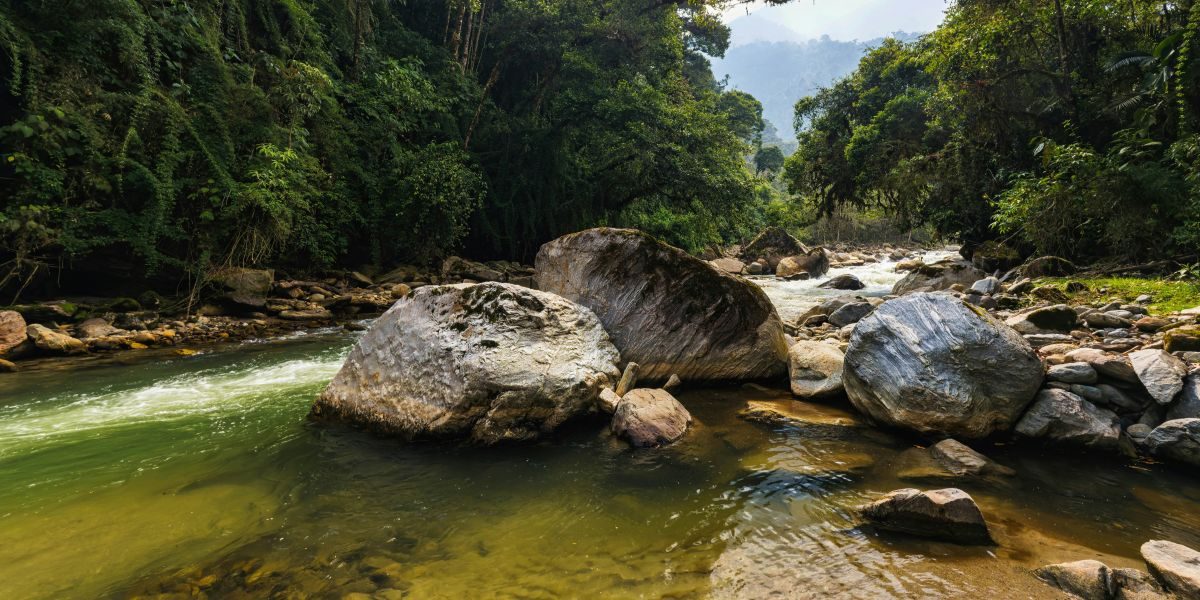By: John Yossarian
As the global biodiversity crisis accelerates, one fact is becoming increasingly apparent: Indigenous territories are home to approximately 80% of the planet’s remaining biodiversity. This positions Indigenous communities not just as stakeholders, but as key contributors in the effort to protect life on Earth.
Indigenous-led conservation is more than a moral imperative. It is considered by many experts to be an effective, grounded, and urgently needed solution. Rooted in generations of ecological knowledge and cultural reciprocity, Indigenous stewardship offers a longstanding model for sustaining the natural world.
Adam Gebb, a conservation strategist with over 30 years of experience at the intersection of land use planning and wildlife migration, is a notable advocate for Indigenous leadership in conservation. As Executive Director of the Andes Amazon Conservancy, he collaborates closely with Indigenous nations in Ecuador, supporting land use plans that protect biodiversity and cultural heritage.
Conservation Endures When Communities Lead
Conservation efforts imposed from the outside often face challenges when funding ends or leadership changes. In contrast, Indigenous-led conservation tends to have greater longevity because it is deeply rooted in place, culture, and ongoing community commitment.
When local communities create their own land use plans, they draw on deep ecological knowledge and centuries of experience. These plans safeguard sacred sites, reinforce traditional livelihoods, and protect vital ecosystems. Most importantly, they cultivate ownership. When people shape conservation land use plans themselves, they’re generally more likely to stand behind them.
Adam Gebb’s work in Ecuador illustrates this principle in practice. Rather than applying top-down strategies, he supports Indigenous nations as they lead their own land use planning processes. The goal is to foster a groundswell of support, with a significant majority (around 80%) of local community members backing conservation plans created by their own people.
In a time when national parks in some regions face degradation or abandonment, conservation as a mindset, rooted in lived values and community stewardship, can be a valuable complement to legal designations alone.
For Millennia, Rainforests Have Sustained People and Wildlife, They Will Again
Rainforests have long provided food, medicine, shelter, and spiritual meaning to the communities that call them home. They have also supported extensive biodiversity. In this next conservation chapter, the path forward lies not in reinventing stewardship but in recognizing and supporting those who have practiced it for millennia.
Indigenous-led conservation is not just about protecting biodiversity; it’s about restoring the relationships that make conservation resilient. Community-driven plans respond to local realities and priorities, helping to ensure that ecosystems are protected in ways that also support human well-being.
Through his work with Indigenous nations in the Amazon, Adam Gebb is helping to ensure that conservation efforts are guided by the people who know the land best. This model offers a promising way to protect the planet’s critical ecosystems by aligning global support with local leadership.
Published by Joseph T.

















